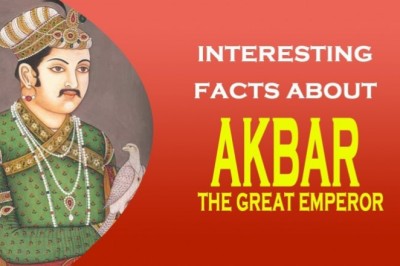views

In the earlier days of book promotion, there were fewer options. Publicists pitched newspapers, magazines, TV, and radio – and today, those four are regarded as traditional media. While the digital revolution has transformed the marketplace, traditional media still have significant value in book marketing. It's because everything appearing in print or being broadcast ends up on the internet as repurposed content. Therefore, the overall audience for traditional media coverage has expanded in many ways, because more people are reached later online.
The most successful book publicity campaigns today combine traditional media with a visible online presence. The two are more powerful than ever and are why today's bookselling marketplace supports a record number of titles in print. Competition is intense, and authors need everything on their side to succeed. Professional book marketers employ an array of tactics to reach interested readers and help them discover new books. The author and book pages of online booksellers also are points of significant opportunity – if content and keywords are on target.
Taking a broad view of today's book marketing landscape, in general, it is a time of opportunity more than the opposite. Old rules are going by the wayside, new media has exploded, and blended media is commonplace. Examples of media blends include Internet TV, Internet radio, and TV shows played on satellite radio, radio shows, also shown on TV, interactive blog tours, and social media. Also, nearly every radio or TV interview, or newspaper or magazine article is repurposed on the internet. Expanding media options mean more opportunities for promotion -- and traditional media has been enhanced.
Good examples are conventional TV interview shows on local stations or national networks that air as is customary. But now, a link to a video of the interview likely will appear on the station or show website. Later on, it's likely links will be posted to social media channels, including the author's own. Also, opportunities like Internet radio and TV have extended the reach of traditional TV content even farther. Without a doubt, technological progress has expanded the reach of media coverage considerably. It's similar to newspaper and magazine articles, which are published and posted online.











